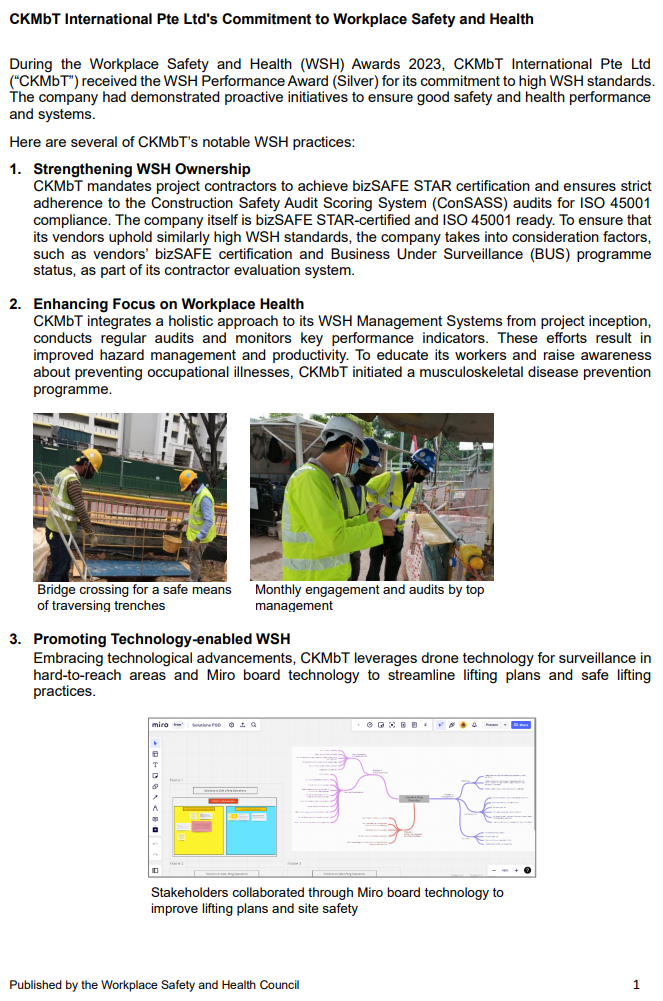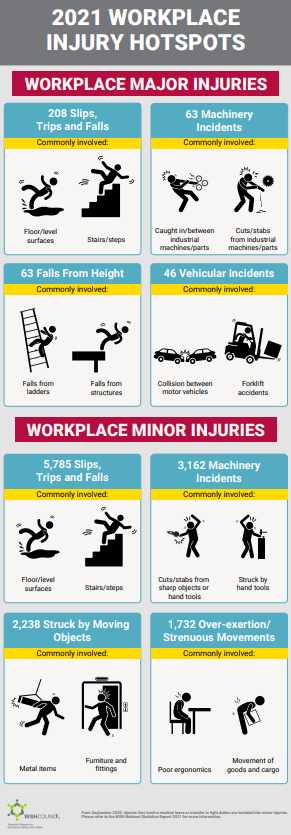About Workplace Ergonomics
Learn about what is ergonomics and its importance in the workplace.
Definition: Ergonomics
Ergonomics is the science that studies and designs the:
- human-machine (or tool) interface;
- human-work environment interface; and
- human-human interface.
It identifies and optimises factors that affect an employee’s work such as working conditions, physical workloads and working postures.
Benefits
Good ergonomic practices help to improve work efficiency, health and comfort at work. The economic benefits of ergonomics include:
- Reduced injury or illness rates;
- Reduced costs associated with injury or illness; and
- Improved workplace productivity
Laws and Industry Standards
As an employer, you are expected to comply with Singapore’s WSH laws. You should pay particular attention to:
- WSH (Risk Management) Regulations
- WSH (Incident Reporting) Regulations
- Work Injury Compensation Act
You should also observe relevant industry standards, such as:
- SS 514: Code of Practice for office ergonomics
- SS 569: Code of Practice for manual handling
- Code of Practice on WSH Risk Management
Please refer to the WSH (Approved Codes of Practice) Notification for the full list of approved Codes of Practice.
Statistics
- Work-related musculoskeletal disorders (WRMSDs) are one of the top three types of occupational diseases in Singapore.
- WRMSDs is a prevalent illness in many workplaces, including the manufacturing, transport and storage, and health activities industries.
- In 2011, the economic loss due to WRMSDs was estimated to be $3.5 billion, equivalent to 1% of Singapore’s GDP.
Refer to Workplace Safety and Health Reports for the latest WSH National Statistics Report.






